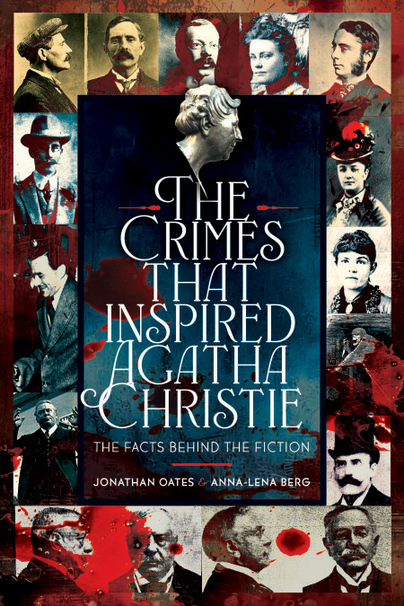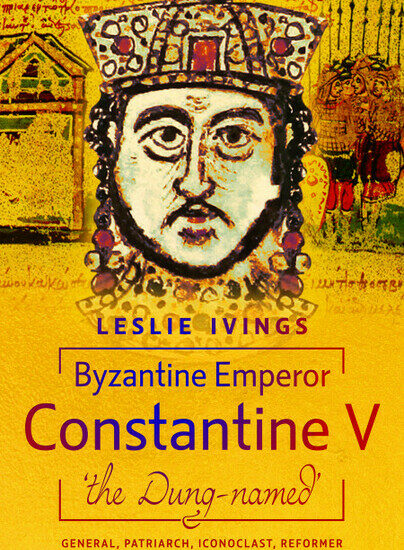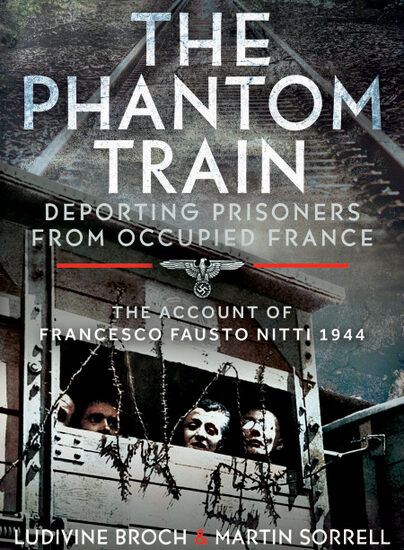Agatha Christie and True Crime
Guest post from Jonathan Oates & Anna-Lena Berg.
Although the crime mysteries written by Agatha Christie are the result of the author’s imagination, they also contain elements of reality, showing her knowledge of true crime which may not always be apparent to the reader. This is shown in several ways. First, plots and characters are sometimes inspired by real life crimes. Second, real criminals and their crimes are referred to, explicitly and implicitly. Finally, there are some crimes which were foreshadowed in her work. Most of the film and TV adaptations drop these references but readers of the stories may well have come across them.
Some of Christie’s most famous works were to an extent based on real crimes but were altered in the fictional versions. Murder on the Orient Express is an example; the real-life kidnapping and murder of the son of Charles Lindbergh in America was used as the background to the novel, though subtly altered. Likewise, the basic background plot of The Mousetrap derives from the real-life tragedy of a young lad who died at the hands of his foster father during World War Two.
These are relatively well known but there are others. The method of murder in Sad Cypress has its origin in the poisoned sandwiches which killed Alice Thomas in Cornwall in 1930. In this novel, the real-life chief suspect – Annie Hearn – is mentioned by name by one of the novel’s characters, but unlike the novel there was no tidy solution. At Bertram’s Hotel, published in 1966, the Irish Mail robbery which occurs offstage, is very similar to the Great Train Robbery of 1963. In A Caribbean Mystery, the basic plot, of a husband killing wives for money but making their deaths look like accidents/suicide, is that of George Joseph Smith, the Brides in the Bath serial killer of the Edwardian era. In the novel, Miss Marple and Jason Rafiel even discuss this real-life case and how it was solved.
In Mrs McGinty’s Dead, much of the background plot derives from the Crippen case of 1910. Crippen, his victim and his mistress are never named as such but it is clear that they are being alluded to. In this and other books Christie hints that Crippen’s mistress, Ethel le Neve, knew rather more than she ever admitted and states that Crippen was an amiable little man, a commonplace assumption but one which has been challenged in more recent times.
Agatha Christie is not always explicit in her references. In A Murder is Announced, there is talk about a case where a husband allegedly poisoned his wife’s wine, but the case collapsed when his daughter said that she drank from the same bottle. This is an allusion to a poisoning in Wales in 1919 almost certainly by Harold Greenwood but who was found not guilty and so perhaps this is why he is not mentioned by name. The same case features in other stories, such as the short stories ‘The Cornish Mystery’ and ‘The Lernaean Hydra’. Some of the later books are darker in tone – By the Pricking of My Thumbs, Hallowe’en Party and Nemesis. These may well have been inspired by shocking real life crimes of the 1960s such as those by the Moors murderers and Mary Bell.
Then there are some cases in which Christie inadvertently outlines crimes yet to occur. In One Two Buckle My Shoe, there is a reference to an elderly woman disappearing from a hotel in London and Japp suggesting she might have been dissolved in acid. Nine years later John George Haigh did just that to his sixth victim, Mrs Durand Deacon. More famously the plot of poisoning in The Pale Horse in 1961 helped a later investigator solve a real-life mystery by poisoning by alerting him to the symptoms.
Agatha Christie’s work is fiction but like all good fiction it is often based on reality. The author had a decent appreciation of real-life crime and criminals, and these were utilised in her works. Yet most of those who were once well known and infamous are not so now, as far as the general public goes. This book attempts to resolve this by revealing the true stories of those who are referred to by the books’ characters and how their crimes were used in the books’ plots.

Order your copy here.

